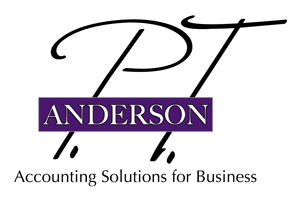Is It Time for Spring Cleaning Your Business Files?
How much time do you spend each day looking for information about orders, customers, vendors, or employees? If it’s a lot, a little spring cleaning might pay off. Here are five quick tips to assess and improve your information access. Read more
Your Librarian
Large companies often have a librarian on staff that is in charge of stored documents, both physical and virtual. It’s not a bad idea to have this function in your small business, although you certainly don’t want to devote an entire headcount to it.
Today, a company librarian might be in charge of the company’s document portal, which is a very secure area where company documents can be stored. It might be on the company server or in a secure area of the cloud. There are companies that offer secure file storage, accessible through document portals.
The librarian will also be in charge of creating recordkeeping policies and procedures.
What’s in a Name
One such procedure that brings order to chaos is setting naming conventions for client files and folders. Set consistency by using a naming standard such as having a client file name always start with the last name of the client followed by a birth date, or something else unique.
It will save time each time you look up a file because you’ll always know where to look. Even if it’s only seconds saved per lookup, that time will add up to minutes and hours saved over a year. That will save you labor costs. A naming standard will also look professional in front of the client.
Permanent vs. Transactional
Get uber-organized by separating your important long-term legal papers from your transactional documents. Long-term papers such as your corporate by-laws and tax returns should have a special place away from your day-to-day invoices and receipts. Also keep major purchases such as settlement documents from real estate transactions in a special file that you’ll keep for many years.
Your daily transactional files should be batched up by month or year and stored accordingly. You’ll be able to delete these files after their retention period is up, while you’ll want to keep your long-term legal papers almost forever. You still won’t be able to throw away your annual documents too soon – some agencies require you to keep transactional documents for as long as 11 years.
Paper or Paperless
What percentage of your business documents is scanned and stored online? If you’d like to increase this percentage, then make a plan to convert your paper into scanned documents you can access online. So that it’s not such an overwhelming task, break it down into smaller chunks: start with one area of your business at a time or one vendor at a time.
Purchase a scanner for everyone in your office, and you’ll soon find your office getting more and more paperless by the week. You can also have fun taking pictures of receipts on your cell phone and uploading the documents to your document portal.
A Backup Plan
So that you don’t lose your documents to a catastrophe, theft or any other disaster, make sure you have a backup of all of your documents so you are able to recover them.
This is where paperless shines over paper, because there is always risk of fire with the latter. It’s also where a secure document portal beats your company server anytime because of the elaborate layers of security that are required for secure commercial data centers.
After you implement these five tips, you may not even need to do a spring cleaning. You’ll be organized and efficient, and that’s good for business.
